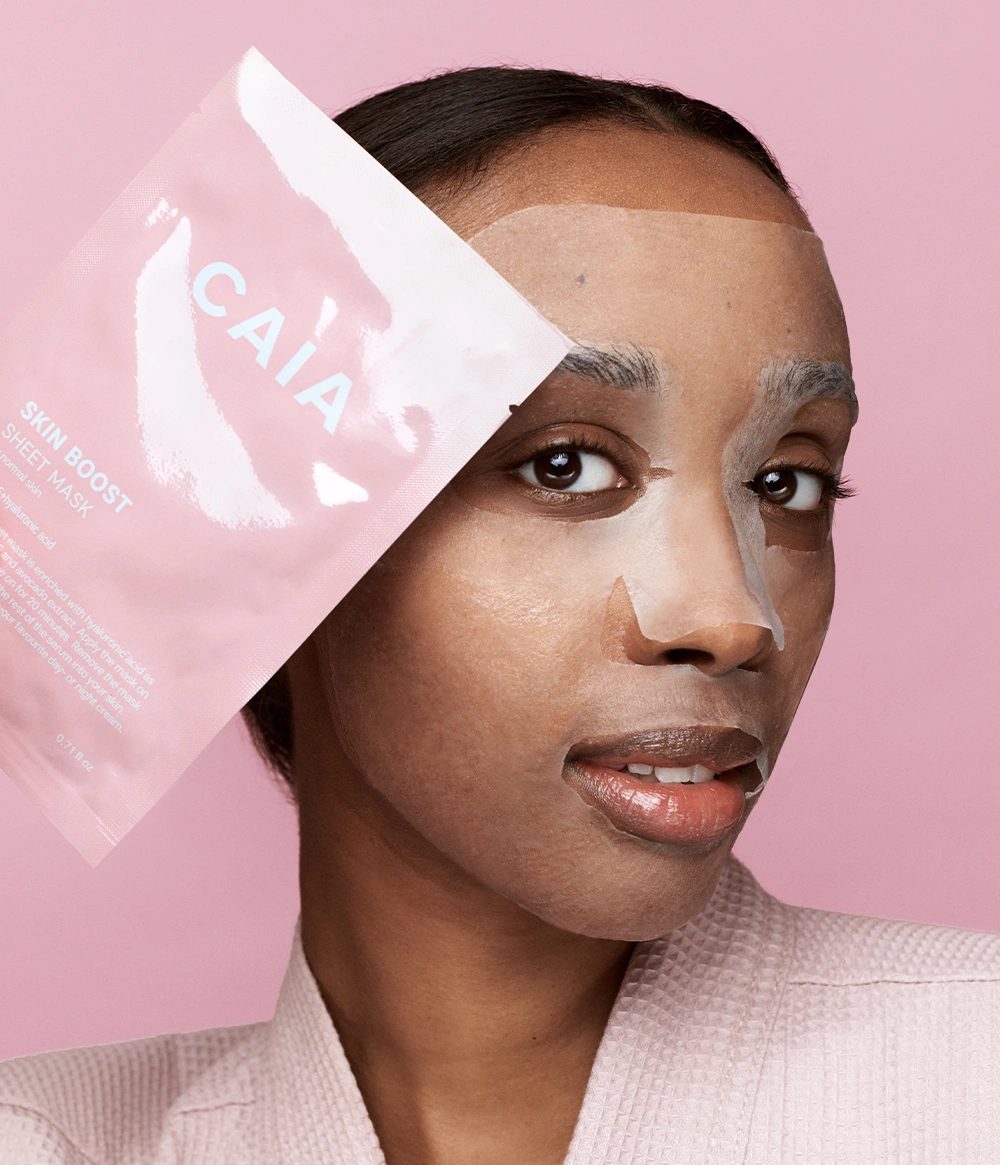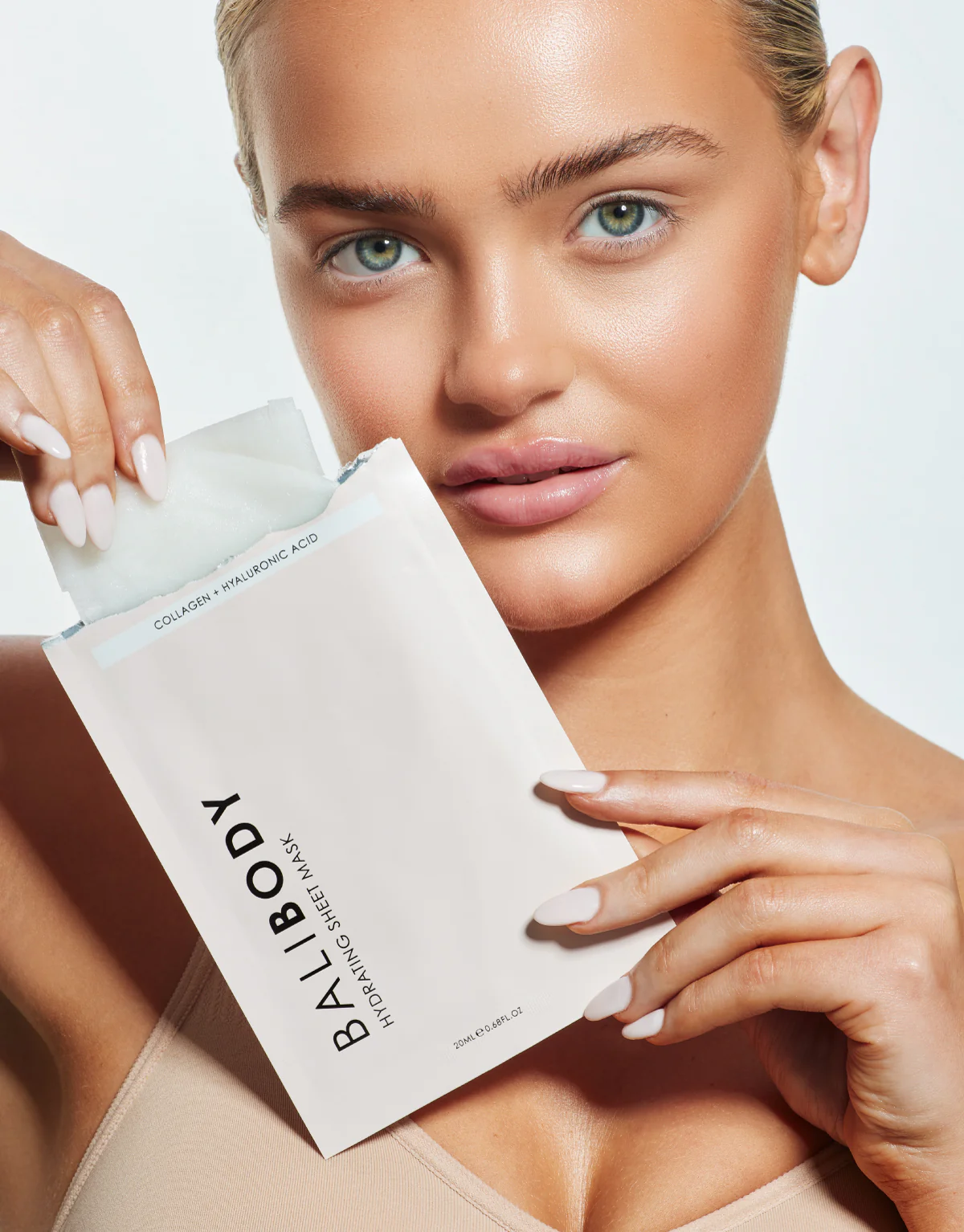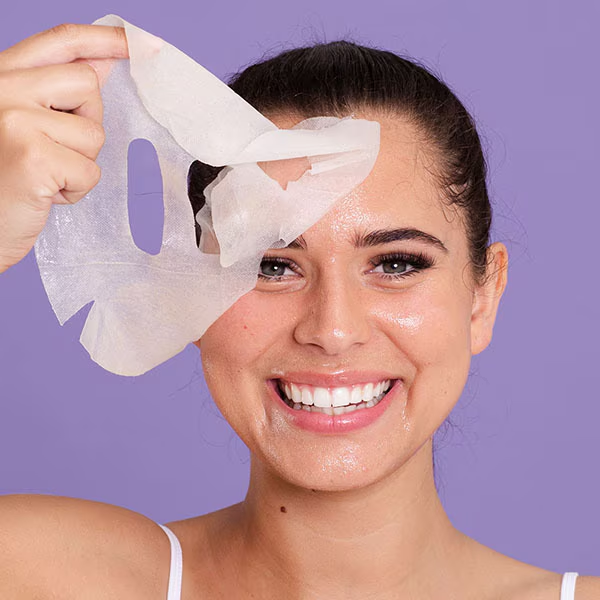Get Matte and Stay That Way: Facial Masks for Oily Skin
Contents
- 1 Get Matte and Stay That Way: Facial Masks for Oily Skin
- 2 The Power of Clay for Oily Complexions
- 3 Mud Masks Purify and Decongest
- 4 Clarifying Charcoal and Detox Masks
- 5 Exfoliating Masks Unclog and Refine Pores
- 6 Soothing and Purifying Botanical Masks
- 7 Finding the Right Formula for Your Needs
- 8 Proper Prep for Optimum Absorption
- 9 Mask Application Tips for Oily Skin
- 10 Post-Masking Routine for a Shine-Free Finish
- 11 When and How Often to Mask
- 12 Maximizing Results Through a Daily Regimen
Having oily skin presents its own set of challenges. Excess sebum leads to clogged pores, blackheads, and breakouts. Complexions appear shiny and greasy just hours after cleansing. Makeup tends to slip and separate prematurely.Find the perfect facial mask for oily skin, designed to control oil production and minimize shine for a balanced complexion.
Dealing with oil overproduction can be frustrating. But the right facial masks help manage and minimize shine and imperfections. Certain formulas absorb excess oil while deep cleaning pores. Others regulate sebum production for a lasting matte finish.
The Power of Clay for Oily Complexions
Clay masks are heroes for those battling oily skin. These mineral-rich treatments act like a magnet to draw out impurities and excess sebum. As clay dries on skin, it soaks up oil, dirt, and bacteria from deep within pores.
Bentonite and kaolin stand out for their powerful absorptive abilities. Fuller’s earth clay’s grainy texture provides gentle manual exfoliation too. Activated charcoal enhances detoxifying effects when combined with clay.
After rinsing, clay masks leave skin feeling refreshed and matte. Pores appear shrunken and tighter. Skin looks decongested and shine-free. Regular clay masking purifies and balances sebum levels.
Mud Masks Purify and Decongest
Similar to clays, purifying mud masks deeply clean clogged pores. Mineral-rich varieties like Dead Sea mud contain ingredients that absorb excess oil and bacteria. As they dry, they extract impurities from the skin.
Other types of mud feature botanical extracts that decongest pores too. Seaweed and kelp help shrink enlarged pores. Binchotan charcoal powder acts like a magnet for sebum and grime.
After using a mud mask, oily skin appears renewed and refined. Blemishes diminish as pores clear out. And natural matte powders create a soft, shine-free finish.
Clarifying Charcoal and Detox Masks
For an ultra-deep pore detox, turn to charcoal-infused masks. Activated charcoal is prized for its ability to draw out and trap toxins, chemicals, dirt, and microparticles from skin.
These jet-black masks often combine charcoal powder with absorbent clays and acids. Lactic and glycolic acids exfoliate away dead skin cells for a smooth finish post-masking.
Charcoal masks deep clean while absorbing excess surface oil. They leave skin feeling fresh, matte, and decongested. Impurities and environmental pollutants easily rinse away after use.
Exfoliating Masks Unclog and Refine Pores
To decongest clogged pores and keep sebum production regulated, regular exfoliation is key. Exfoliating masks use alpha hydroxy acids, enzymes, or physical particles to slough away dead cells and oil buildup.
These formulas allow new, fresh skin cells to emerge. Pores appear shrunken and less visible. Popular ingredients include glycolic acid, pumpkin enzymes, rice powder, and jojoba beads.
After rinsing away the exfoliating particles, skin feels incredibly smooth and supple. Sebum can more easily escape through unclogged pores, reducing breakouts. A matte, refined complexion is revealed.
Soothing and Purifying Botanical Masks
While heavy-duty masks deeply purify oily skin, soothing botanical options offer a gentler approach. These masks feature nourishing plant-based ingredients that absorb excess oil and decongest pores naturally.
Look for masks starring natural ingredients like French green clay, zinc oxide, and sulfur. These mineral-rich components regulate sebum and clarify skin with continuous use.
Other botanical extracts like witch hazel, tea tree oil, and neem calm inflammation and bacterial acne. Skin emerges matte yet balanced after these soothing botanical treatments.
Finding the Right Formula for Your Needs
With countless mask varieties tailored to oily skin, it’s easy to find a match. Those struggling with excess shine can benefit from frequent clay and charcoal treatments. These powerfully absorb oil while purifying pores.
For acne-prone complexions, seek out masks combining clays with salicylic acid or sulfur. These dry up existing blemishes while decongesting pores. Weekly exfoliating masks clear away pore-clogging buildup.
For a gentler approach, botanical formulas calm inflammation while regulating sebum naturally over time. Rotate different masks weekly to target your specific oily skin woes.
Proper Prep for Optimum Absorption
To maximize the benefits of any clay, charcoal, or exfoliating mask, proper prep is essential. Always cleanse skin thoroughly first to remove makeup, dirt, and excess oil from the surface.
Next, use a soft facial brush or damp washcloth to lightly exfoliate away dead skin cells. This helps create a smooth base for masks to better grip and penetrate.
Some prefer steaming skin before masking too. The heat softens sebum plugs and opens pores to enhance absorption of clays and actives. Just avoid excessively drying prep methods.

Mask Application Tips for Oily Skin
For best results, apply masks to slightly damp skin post-cleansing. This helps the formula grip the surface better and deliver ingredients deeply into pores. Use a mask brush to apply thinner, more seamless layers.
As masks begin drying, they’ll feel increasingly taut and tightening. This indicates that they’re working to absorb oil and impurities. Avoid letting clay and mud masks fully dry and crack.
Charcoal masks will appear jet black when first applied. As they soak up oil and toxins, the color fades and turns greyish. This indicates it’s time to rinse.
Post-Masking Routine for a Shine-Free Finish
After thoroughly rinsing away masks, immediately apply a hydrating toner or essence. This resets skin’s pH while allowing it to absorb any remaining beneficial ingredients left behind. Avoid harsh astringents that strip skin.
Next, apply a clarifying serum packed with active botanicals and minerals. Popular ingredients include niacinamide, witch hazel, and tea tree oil. These continue regulating sebum between masking sessions.
Finally, lock everything in with a lightweight, water-based gel moisturizer. Look for ones with mattifying ingredients to control shine. Finish with an oil-blotting or mineral powder for a smooth, shine-free canvas.
When and How Often to Mask
Most oily skin types can benefit from once or twice weekly masking routines. But those severely struggling with excess sebum, breakouts, or blackheads may wish to mask more frequently initially. Three or four days weekly jump-starts oil absorption and pore clearing.
Listen to skin’s needs between masking sessions. If oil, blackheads and breakouts persist, increase frequency until skin calms down. Alternate between clay, charcoal, and exfoliating masks for maximum benefits.
Once sebum feels under control, taper masking down to a weekly ritual. Incorporate gentler botanical masks along with more intensive clay treatments. Consistent masking keeps oily skin issues at bay.

Maximizing Results Through a Daily Regimen
While face masks are potent remedies for oiliness, they work best when combined with a full skincare regimen. Both cleansing and moisturizing properly also helps minimize excess shine.
Look for gentle, oil-free foaming or gel cleansers to remove dirt, oil, and impurities without over-stripping skin. Follow with an alcohol-free toner to restore pH balance.
When it comes to moisturizer, opt for lightweight gels or mattifying lotions designed for oily skin. Products with niacinamide and sodium hyaluronate hydrate without clogging pores.
With a holistic daily routine plus weekly masking, even the most stubborn oily skin can achieve a fresh, shine-free, radiant complexion.


